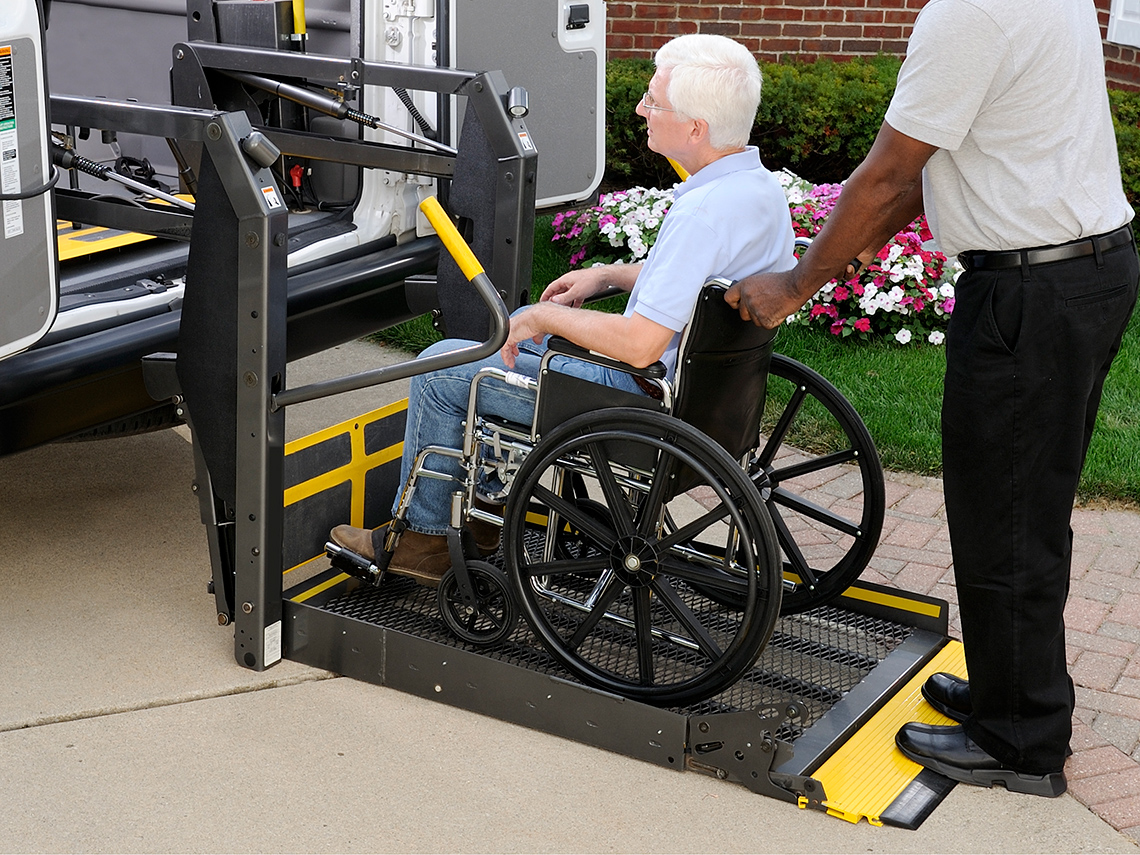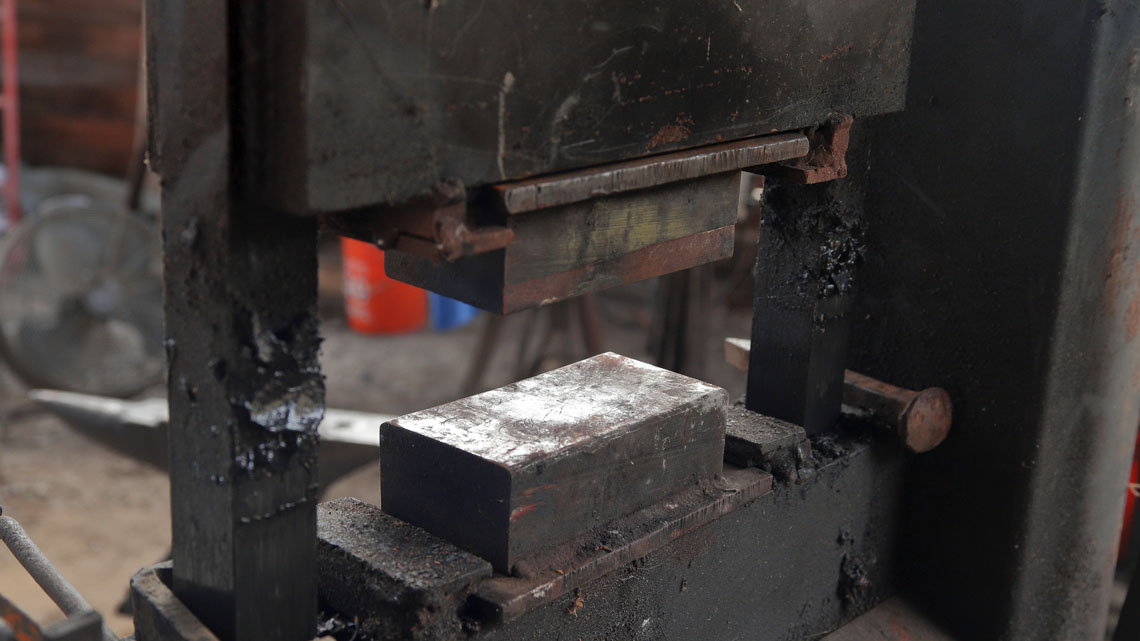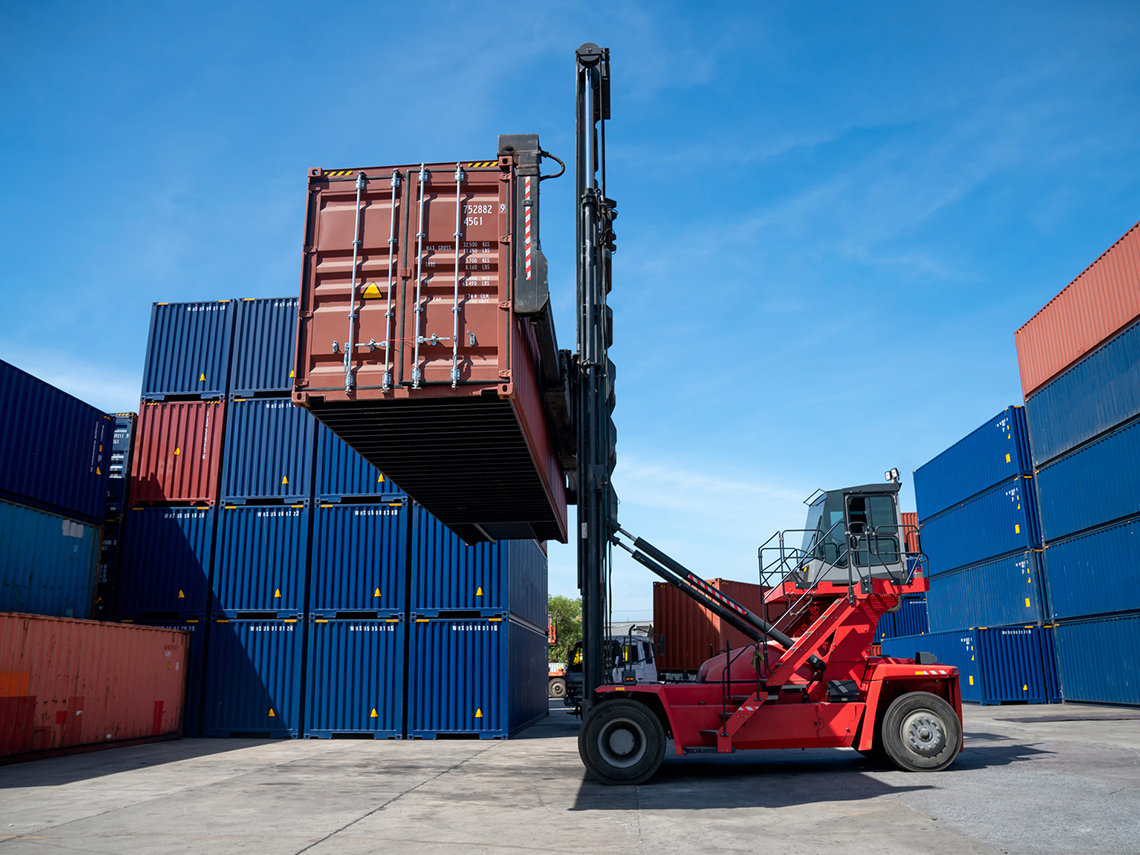Minds On
Inflating a balloon

Think about someone blowing up a balloon. What causes the balloon to get bigger? How does it work?
Explore the following video and then explain what causes the balloon to get bigger orally, digitally, in print, or in another method of your choice.
Press ‘Answer’ to access a possible explanation to check your understanding.
When a balloon is being inflated, air is forced through a small opening. The air spreads out and presses against the inside of the balloon, forcing the balloon to expand. Pressure always spreads throughout a contained fluid like air in a balloon.
Action
Innovation in Canada
This learning activity features emerging technologies, STEM contributions, and Canadian innovations that are making a difference.

Principles of fluids
In the Minds On, you explored a short animation video of a balloon being blown up. This balloon example demonstrates Pascal’s Law.
The law is named for Blaise Pascal, who made this discovery in 1647.
Explore the following definitions, including a more detailed explanation of Pascal’s Law.
Based on the definitions you’ve just explored, determine if each of these scenarios demonstrates buoyancy, Pascal’s Law, or viscosity.
Can you think of any more everyday examples of buoyancy, viscosity, or Pascal’s Law? Record your thoughts using a method of your choice.
Pascal’s Law at work in the everyday world
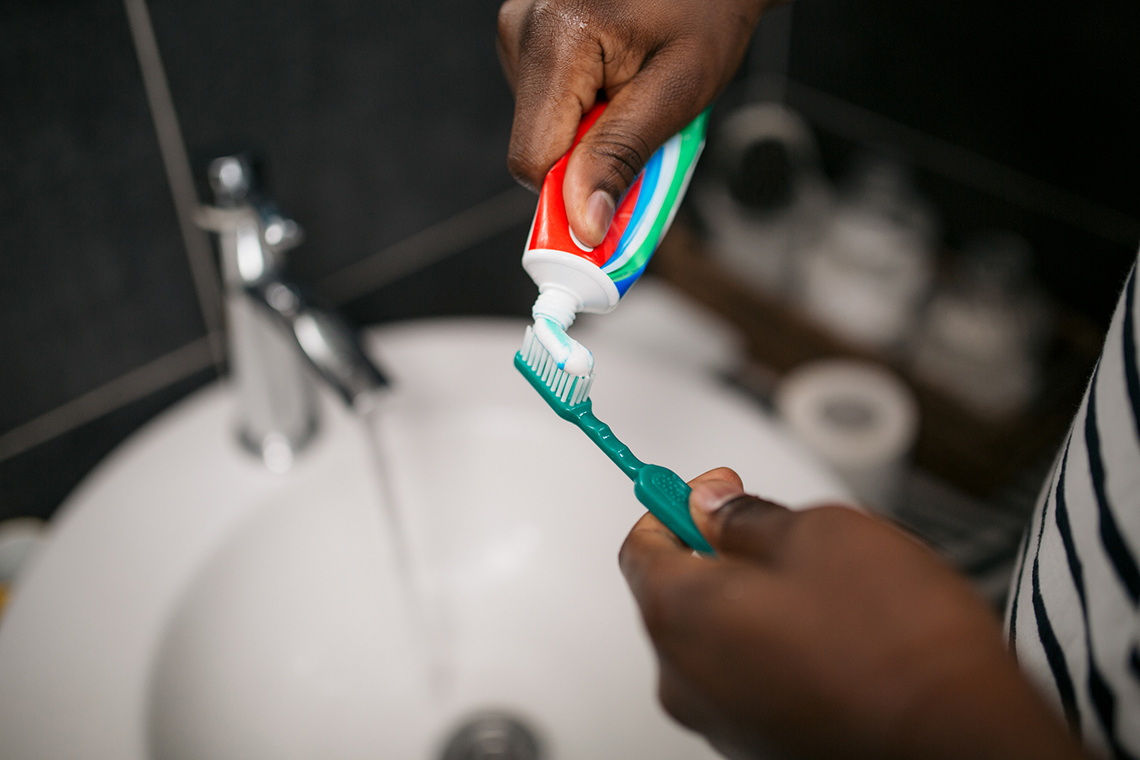
Have you ever squeezed a toothpaste tube to get the toothpaste out? Or pushed on the side of an inflatable to squeeze the air out of it?
These are both examples of Pascal’s Law at work!
Pascal’s law tells us that when a force is applied to a fluid, that force will be distributed throughout the fluid in all directions, in equal amounts.
Let’s experiment! (with Pascal’s Law)
Let’s investigate Pascal’s Law in action!
For this section of the learning activity, there are two different options for you to explore. You may choose to explore both, or just one of the options provided to learn more about Pascal’s Law and observe it at work.
Before you begin, explore the following video to learn more about the steps of the Scientific Experimentation Process to help guide you as you complete the experiment options.
Option one: Exploring Pascal’s Law through observation
In this option, you will be exploring a series of images and descriptions of an experiment that demonstrates Pascal’s Law.
As you move through the steps of the experiment in images, use the graphic organizer provided, or another method of your choice, to record your observations.
Complete the Predict, Observe, Infer, and Wonder Activity in your notebook or using the following fillable and printable document. If you like, you may use speech-to-text or audio tools to record your thoughts.
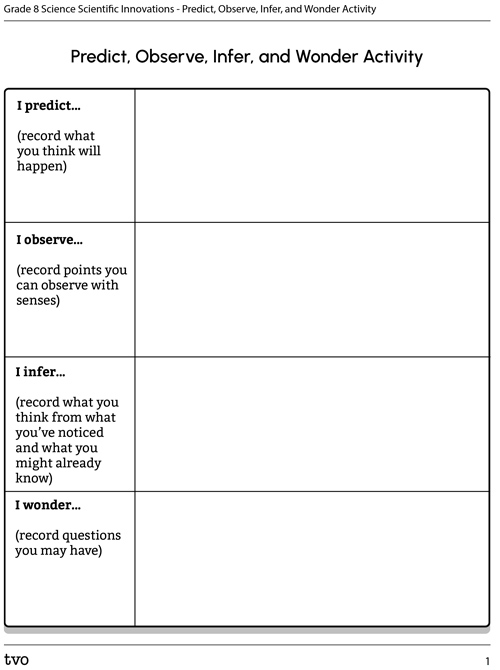
Press the Activity button to access the Predict, Observe, Infer, and Wonder Activity.
Activity (Open PDF in a new tab)Press the following tabs to explore the experiment in pictures.

This scientist put a hole in the cap of the bottle and 4 holes around the outside of the bottle (near the top, adjacent to each other). They then used hot glue to secure the syringes inside the holes.

Next, they pushed the plungers on the syringes in and taped the plungers in place. Then they filled the bottle with water right to the brim.

They connected a fifth syringe to the cap of the bottle and then filled that syringe with water, then secured the lid on top of the 2 L bottle.
What do you predict?
Stop here and predict what you think will happen when they push the syringe in the lid down.
Use the following points to help make your prediction:
I can make a prediction (hypothesis) by…
- thinking about what I already know
- explaining what I think will happen

Finally, the scientist pushed the top syringe down as far as it would go. As they pushed down and the water from the syringe enters the bottle, the other syringe plungers push out on their own. When the scientist pulled the top syringe back up, the other syringes “closed” again!
Complete your table with further observations, inferences, and wonderings. In the I infer section, record how you believe this is connected to what you’ve learned about Pascal’s Law.
Option two: Experimenting with Pascal’s Law
Let’s experiment!
Safety
Before you explore the following experiment, let’s perform a safety check.
Note
Water may spill during this experiment. Be sure to have towels or paper towel available and clean up any spilled water right away.
Hands-on Science
Toothpick experiment
In this experiment, we will be investigating Pascal’s Law using a bottle filled with water, dropping wooden toothpicks into the water, and then securing the lid of the bottle.
Begin by making a prediction:
- What do you think will happen when you drop the toothpicks into the water?
- What do you think will happen when you apply pressure to the outside of the bottle?
Record your predictions by completing the provided Lab sheet: Toothpick Experiment in your notebook or using the following fillable and printable document. If you would like, you can use speech-to-text or audio tools to record your thoughts.
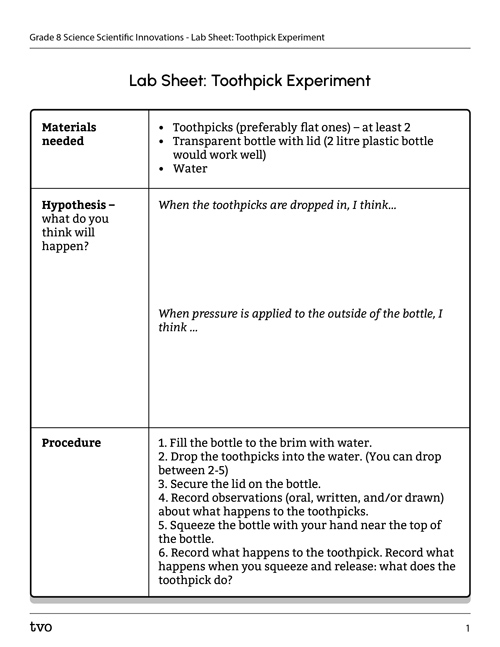
Press the Activity button to access the Lab sheet: Toothpick Experiment.
Activity (Open PDF in a new tab)Press the following tabs to access the materials needed and experimental procedure for the Toothpick experiment. If you do not have access to materials, access the “Illustrated demonstration” tab to explore the experiment in action. You can use the illustration to make your observations and draw conclusions.
- Toothpicks (preferably flat ones) – at least 2
- Transparent bottle with lid (a 2-litre plastic bottle would work well)
- Water
- Fill the bottle to the brim with water.
- Drop the toothpicks into the water. (You can drop between 2-5)
- Secure the lid on the bottle.
- Record observations (oral, written, and/or drawn) about what happens to the toothpicks.
- Squeeze the bottle with your hand near the top of the bottle.
- Record what happens to the toothpick. Record what happens when you squeeze and release: what does the toothpick do?
Check out the following illustrated demonstration of this experiment.

A series of three images demonstrating what is observed in this experiment. In the first image, hands are dropping toothpicks into a plastic bottle filled with water. In the second image, there is a cap on the bottle and the toothpicks are floating at the top of the bottle. In the third image, there is a hand squeezing the top of the bottle and the toothpicks are halfway down the bottle.
After completing your lab sheet, you may wish to review the results of the experiment.
Press ‘What should happen’ to discover what should have happened in the experiment.
The toothpicks will float near the top of the water initially, but as soon as you press on the bottle, they will begin to sink slowly to the bottom. However, when the pressure is lifted, they will float upwards again.
How does this connect to Pascal’s Law?
Press ‘Pascal’s Law in Action’ to access a possible explanation to check your understanding.
In this experiment, the toothpicks move down because of the pressure that is transmitted through the water. When you press on the bottle, a small quantity of water penetrates into each item, which adds enough weight to cause it to sink. When the extra pressure is removed, there is enough air pressure inside the toothpick to force the water out and make the toothpicks rise again. Pascal’s Law is proven.
Did You Know?
Engineering connection
An understanding of Pascal’s Law of pressure applies in many engineering and scientific fields. Engineers who design locks and dams use the known relationships between water depth and water pressure to estimate the amount of force expected to be exerted. They use these calculations to design functional structures that safely meet the needs of communities. How do you think engineers figure out the amount of force? They must figure out the amount of pressure that the water will apply to the structure. This is Pascal’s Law at work in the real world!
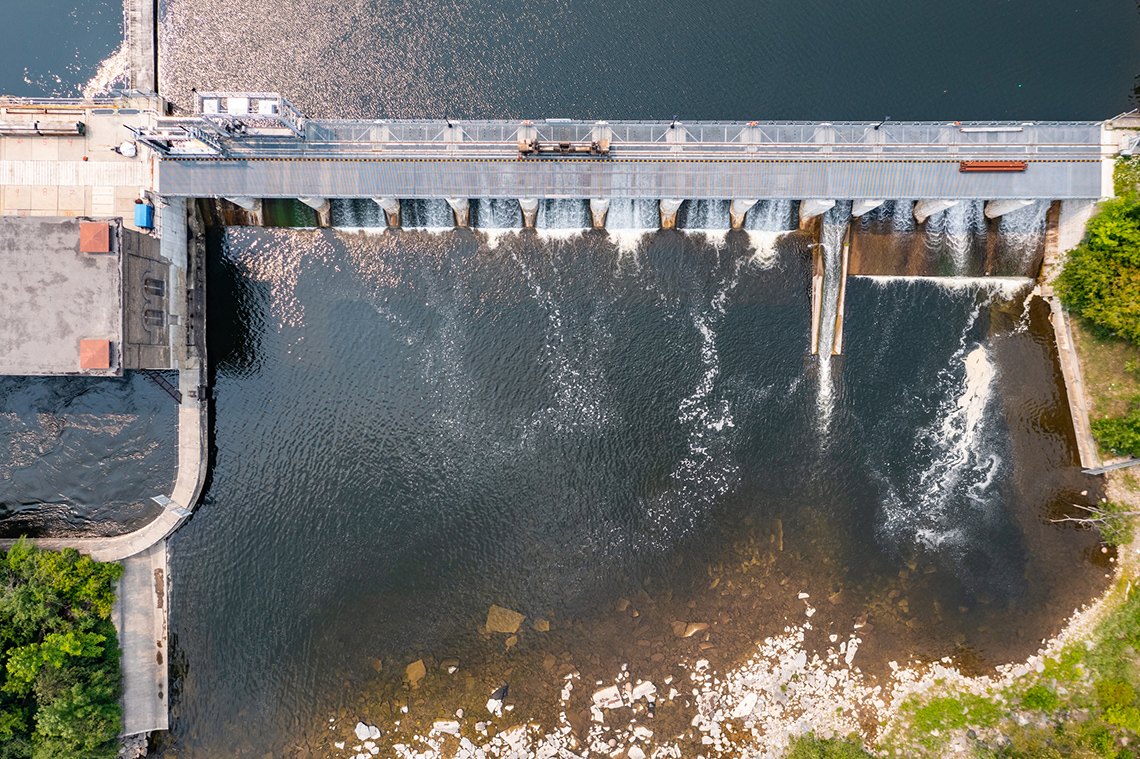
Innovative technologies
Pascal’s Law has led to many further scientific discoveries! Most of these discoveries involve pneumatic and hydraulic systems.
Press the following tabs to access a description of each of these concepts.
A pneumatic system is a system that uses gas, usually air, under pressure to transmit a force. An example is a bicycle pump.
A hydraulic system is a system that uses liquid, usually water, under pressure to transmit a force. An example is a car hoist in a mechanic shop.
Explore various technologies that were discovered or invented that use Pascal’s Law.
Krumbuster
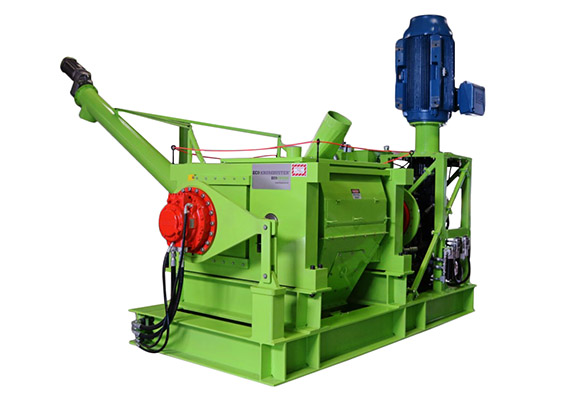
Now, let’s explore the Krumbuster, which is a hydraulically powered machine that produces rubber crumbs and fine rubber powder in a commercial setting. This rubber output is then used in various industries, such as:
- rubberized asphalt applications
- new tire manufacturing
- rubber reclamation
- automotive parts and tires
- spray and sealant applications
- membranes
For example, the Krumbuster takes old tires that are being thrown away and grinds them into a fine powder. This powder is then used to create the rubber asphalt used in playgrounds. This is one example of a new, innovative product that has been designed and engineered using the principles of Pascal’s Law.
Consolidation
Match it!
Check your knowledge! For each term, select the corresponding definition. You can play more than once.
Pause and Reflect
Pascal's law
Consider some of the areas where you are now able to notice Pascal’s Law at work in everyday life. What are some environmental or social concerns that have been solved by OR caused by technology based on Pascal’s principle?
Share what you know

There are three students, one is filming outdoors with a video camera, one is recording information about different graphs and charts, and the last student is presenting.
In your own words, create an infographic or create a detailed written report or audio recording that explains what Pascal’s Law is and how it is influencing modern technology today.
Use the following checklist to help you create your work.
My infographic includes:
Reflection
As you read the following descriptions, select the one that best describes your current understanding of the learning in this activity. Press the corresponding button once you have made your choice.
I feel...
Now, expand on your ideas by recording your thoughts using a voice recorder, speech-to-text, or writing tool.
When you review your notes on this learning activity later, reflect on whether you would select a different description based on your further review of the material in this learning activity.
